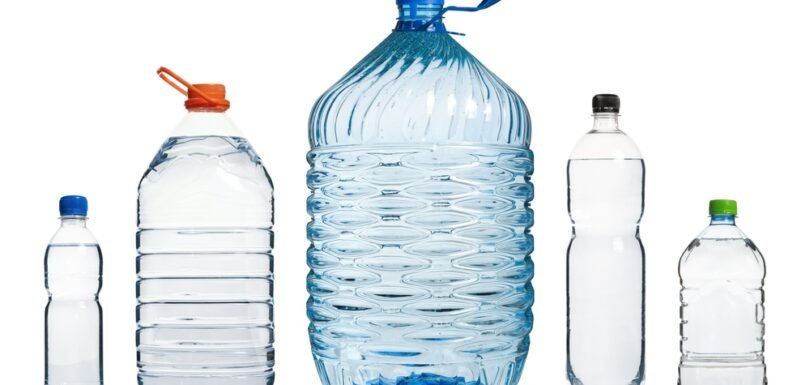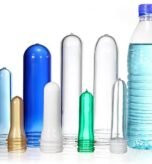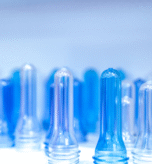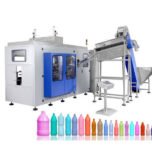Choosing the Right PET Preform for CSD Beverages: A Complete Guide
Carbonated soft drinks (CSD) are a high-demand beverage category with equally high packaging requirements. Unlike still water or juice, these drinks are filled with carbon dioxide under pressure, which means the container must be exceptionally durable and precisely engineered. For manufacturers, selecting the right PET preform for bottle production is one of the most critical decisions. The wrong choice could result in burst bottles, leaks during transport, poor shelf presentation, or higher scrap rates – all of which reduce profitability and damage brand trust. At DRJ Plasttech, a leading plastic bottle preform manufacturer based in Surat, we help beverage companies avoid these pitfalls with tailored, high-quality PET preform solutions specifically designed for CSD applications. Whether you’re bottling 250ml cans or 2-liter family packs, this complete guide will help you make an informed decision about your preform selection. Table of Contents Why PET is Ideal for CSD Packaging Design Considerations for PET Preforms in CSD Common Use-Cases: Matching Preforms with Bottle Sizes Step-by-Step Process for Choosing the Right PET Preform Common Mistakes to Avoid FAQs on CSD PET Preforms and Bottling Final Thoughts Why PET is Ideal for CSD Packaging Polyethylene Terephthalate (PET) is the material of choice for modern beverage packaging for several key reasons: These benefits make PET the go-to material for both still and carbonated beverages but CSD bottles require far more precision in preform design and manufacturing. Design Considerations for PET Preforms in CSD 1. Preform Weight and Wall Thickness The internal pressure of carbonated drinks places significant stress on bottle walls. This makes weight and thickness crucial. Thinner preforms risk bottle panelling, deformation, or breakage during filling. Overweight preforms, on the other hand, increase costs unnecessarily. Pro Tip: Use stretch ratio and blow moulding tests to validate wall distribution before finalising a preform weight. 2. Neck Finish and Closure System CSD beverages require a pressure-resistant sealing system. The industry-standard neck finishes for CSD include: These necks are compatible with tamper-evident caps designed to maintain carbonation integrity. Selecting the wrong neck design can lead to: At DRJ Plasttech, we manufacture preforms with highly precise neck dimensions using digital tooling systems to ensure perfect cap compatibility. 3. Barrier Performance and Shelf Life CSD beverages must retain carbonation for months on shelves. PET inherently allows some gas permeation, which is why choosing the right preform design and additives is crucial. Enhancements for barrier performance include: Though these methods can raise costs, they are essential for products with longer shelf lives or premium positioning. 4. Preform Clarity and Crystallinity The degree of crystallinity in a PET preform affects both aesthetics and mechanical performance. Achieving optimal crystallinity requires careful control of the PET preform heating temperature during injection moulding and reheat blowing. Inconsistent heating leads to hazy or brittle bottles, which are unacceptable for branded products. DRJ Plasttech uses precise temperature management and mould cooling systems to maintain ideal crystallinity levels in every plastic bottle preform we manufacture. 5. Mold Compatibility and Blowability Your selected preform must work seamlessly with your existing bottle moulds and blowing machines. Factors to check: Preform geometry, including shoulder design and wall thickness distribution, plays a critical role in bottle performance. Poor fit can cause: At DRJ Plasttech, we offer custom preform design support to ensure each PET preform for bottle applications fits perfectly into your downstream systems. 6. Resin Quality and Moisture Control PET is hygroscopic, meaning it absorbs moisture from the environment. If not properly dried, this moisture turns into steam during injection, creating micro-bubbles and weakening the structure. Risks of poor moisture control: At our Surat facility, we use high-efficiency dehumidifying dryers to maintain optimal resin moisture content (below 0.005%)—a critical step in ensuring the long-term durability of our plastic bottle preforms. Common Use-Cases: Matching Preforms with Bottle Sizes Bottle Size Preform Weight Neck Finish Notes 250 ml 23g–25g PCO 1881 For compact, single-serve formats 500 ml 28g–30g PCO 1881 Most common size for on-the-go CSD 1 Litre 34g–38g PCO 1810 Requires stronger wall support 1.5 Litre 40g–45g PCO 1810 High internal pressure; durability critical 2 Litre 45g–48g PCO 1810 Ideal for family packs and multi-serves This chart provides a general guideline, but final specifications should be validated with actual bottle-blowing tests. Step-by-Step Process for Choosing the Right PET Preform Selecting the ideal PET preform for bottle manufacturing (especially for CSD applications) requires a detailed approach. Here’s a structured process to ensure long-term performance and efficiency: Step 1: Identify Your Beverage Specifications Step 2: Define Bottle Size and Geometry Step 3: Select Appropriate Preform Weight Choose a plastic bottle preform weight that meets structural and marketing requirements while remaining cost-effective. Always test multiple weights to find the balance between durability and material savings. Step 4: Choose Neck Finish and Closure System Ensure compatibility with your capper machine, tamper-evidence requirements, and CO₂ retention specifications. PCO 1881 is now widely preferred due to its lightweight yet strong design. Step 5: Validate Resin Quality Ensure the resin is: Step 6: Conduct Blowing and Filling Trials Use sample preforms to test blow moulding in actual production conditions. Evaluate for: Common Mistakes to Avoid Even experienced teams can make errors that affect bottle performance or increase costs. Watch out for these: Using Water Bottle Preforms for CSD Water bottle preforms are lighter and not designed to hold carbonation. This is a common cost-cutting mistake that leads to high scrap rates. Ignoring Preform Neck Precision CSD closures must seal tightly under pressure. Even small deviations in neck thread dimensions can lead to slow CO₂ leaks and compromised shelf life. Overweight Preforms Without Justification Heavier doesn’t always mean better. Every additional gram increases material cost and affects line efficiency. Always test alternatives. Inadequate Quality Checks Skipping moisture checks or temperature control in the injection process can lead to crystallinity issues, yellowing, or uneven blowing. Lack of Customisation Every bottle design and filling setup is different. Off-the-shelf preforms may not provide the best results without proper customisation. Final Thoughts Whether you’re launching a new CSD brand or optimising your current





